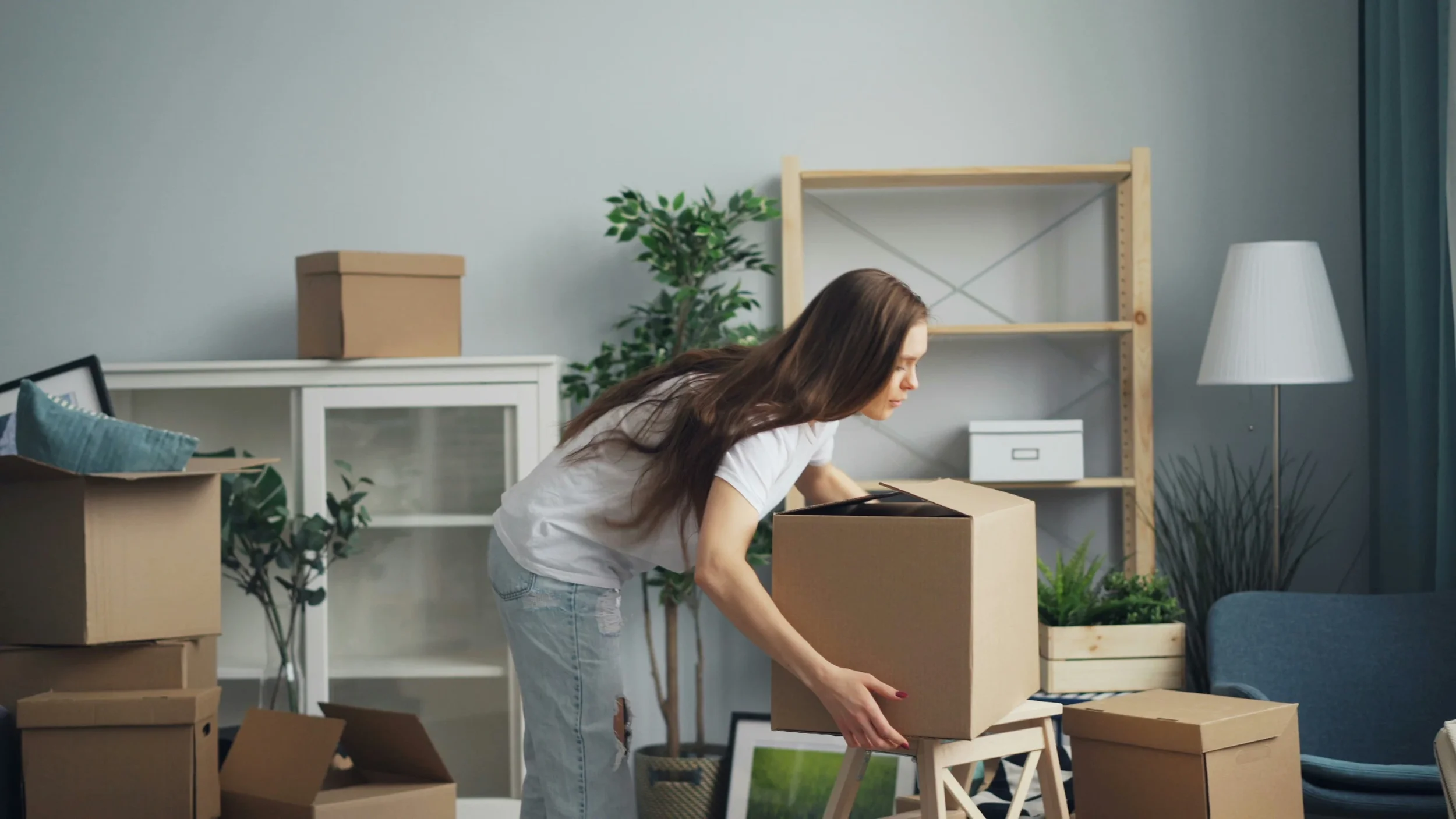In the case of persons with low mobility, a home can be arranged very efficiently, and it can ease the life of a person and minimize the chances of accidents. Too much movement may result in fatigue, falls, and undeserving strain, so designing living spaces that are useful and easy to reach is significant. The organized home life does not only encourage independence but also makes it more comfortable and safer, which means that the residents are going to move around their home with ease. Even minor changes and careful consideration can change everything in terms of health and life quality.
Planning the Layout
The layout should be carefully considered to reduce the amount of unnecessary movement. Start by assessing the most frequented areas of the house including the kitchen, living room and bathroom. Furniture and appliances should be rearranged to open the way and make walking or movement with ease, unhindered. Cleaning up the corridors and door areas eliminates things that can lead to stumbling and delays.
Locating items that a person uses on a regular basis in simple and easy to access areas will minimize the aspect of bending, stretching, and moving of heavy things over a long distance. To illustrate, it is possible to save on energy and avoid strains by having the most common types of kitchen utensils or bathroom supplies within reach. The ability to update the layout continuously and reflect the changes in needs is a guarantee that the house will be useful and safe to use daily.
Storage Solutions
Good storage systems ensure that there is organizing, and no time is wasted. The shelves, drawers, and cabinets should be organized in a manner that would ensure that important things are at a convenient height. Heavy objects should not be put on high shelves or deep cupboards where they might be difficult to reach or lift. The similar items may be grouped in containers or baskets, and one may find what is required without having to transfer between rooms over and over again.
Pull-out shelves / drawers could also be installed to increase the accessibility of the items making them closer to the user so that they are not forced to bend or stretch to reach the shelves. Take into account portable shelving, which can be adapted to the new mobility levels. Moreover, good lighting of the storage facilities enhances visibility and minimizes chances of accidents during retrieval of goods.
Furniture Placement
The layout of the furniture is of great significance in minimizing unnecessary movement in and around the home. Provide seating facilities, tables and beds in a way that would enable easy accessibility without necessitating one to walk and manoeuvre around the impediments. Make sure that the commonly used pieces of furniture like sofas or a lift chair are arranged in such a manner that it is supportive and convenient to sit, stand or rest.
The rooms should not be crowded with unnecessary furniture as this results in obstacles that hinder movement. Rather, invest in the key elements and keep a lot of space to move about. Appropriate arrangement of furniture does not only ease physical stress, but also improves general comfort of the living room. Clean, open spaces enable fewer tasks to be interrupted and help create a smoother and more manageable house design.
Accessibility Enhancements
In making accessibility improvements around the house, it will be possible to reduce undue movement. The addition of such simple items as grab bars in the bathroom, handrails in hallways, and non-slip mats in risky places can help prevent accidents and support the process of movement. The independence in everyday activity is possible through accessible design items such as the low countertop and reachable storage.
Use of technology is also relevant in mobility management. Movement lights, voice recognitions, and automated doors aid less effort to move around the house. Through these adjustments, people will be able to walk efficiently and safely and save energy as well as be independent. Reflective accessibility modifications will create a more efficient and comfortable place of living.
Maintaining Organization
There is a need to maintain an order regularly to guarantee effectiveness in the long run. Periodic clearing and organization of areas aids in avoiding the build-up of the things that can block mobility or pose a threat. Promote habits whereby items are brought back to their respective locations after utilization in order to have a clean and efficient home.
Regular reevaluation of needs and habits can assist to figure out the aspects which need additional changes. As an example, mobility can shift with time and some of the items are supposed to be moved to facilitate their access. With a forward looking organizational attitude, the home is secure, practical, and conducive to independent living.

